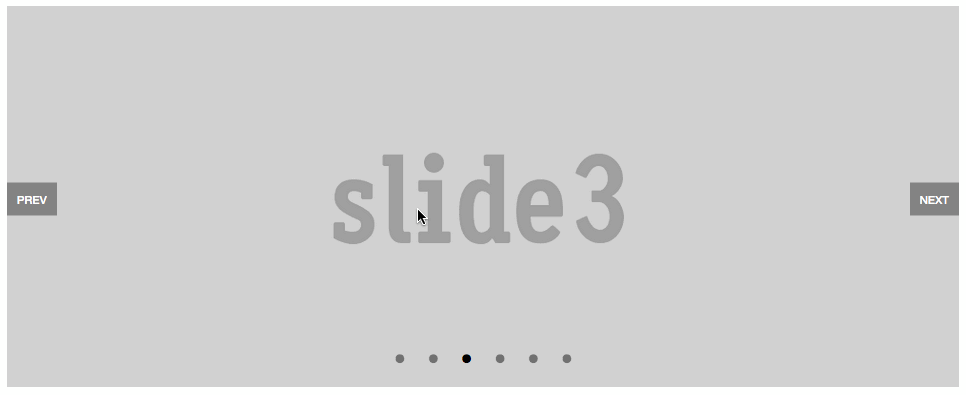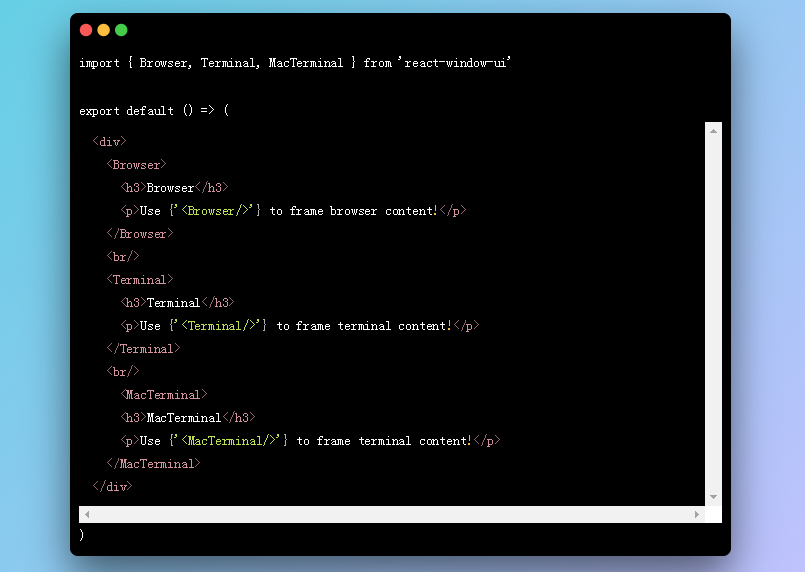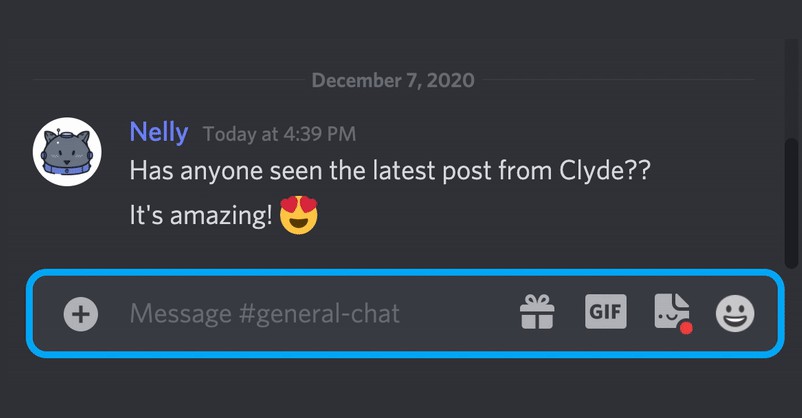component-playground
A component for rendering React Components and ES6 code with editable source and live preview.
Installation
npm install component-playground
Set up
In the head of your html document, either add the css files from the demo or from a CDN like:
<link rel="stylesheet" href="//cdnjs.cloudflare.com/ajax/libs/codemirror/5.0.0/codemirror.min.css"/>
<link rel="stylesheet" href="//cdnjs.cloudflare.com/ajax/libs/codemirror/5.0.0/theme/monokai.min.css"/>
In your JSX, require the component and use it like this:
'use strict';
var React = require('react/addons');
var ReactDOM = require('react-dom');
var Playground = require('component-playground');
var Button = require('./components/button');
var componentExample = require("raw!./examples/component.example");
var Index = React.createClass({
render() {
return (
<div className="component-documentation">
<Playground codeText={componentExample} scope={{React: React, Button: Button}}/>
</div>
);
}
});
ReactDOM.render(<Index/>, document.getElementById('root'));
Props
codeText
React.PropTypes.string.isRequired
codeText takes a string of JSX markup as its value. While you can just pass it a string, I find it is easier to make a separate file and use Webpack's raw loader to load in the raw source. In the example above I use the .example extension, and an examples folder to organize my samples.
An example file would look like:
<Button style={{background: '#3498db'}}>Hi</Button>
scope
React.PropTypes.object.isRequired
When evaluating the JSX, it needs to be provided a scope object. At the very least, React needs to be provided to the scope, if any custom tags aren't being used. See below:
<Playground codeText={componentExample} scope={{React: React}}/>
Any module/component that is used inside the playground needs to be added to the scope object. See /demo for an example of how this works.
theme
React.PropTypes.string
String specifying which CodeMirror theme to initialize with. Defaults to 'monokai'.
collapsableCode
React.PropTypes.bool
Allows the user to collapse the code block.
<Playground collapsableCode={true} codeText={componentExample} scope={{React: React}}/>
initiallyExpanded
React.PropTypes.bool
Makes collapsable code block initially expanded.
<Playground
collapsableCode={true}
initiallyExpanded={true}
codeText={componentExample}
scope={{React: React}}/>
docClass
React.PropTypes.node
A component class that will be used to auto-generate docs based on that component's propTypes. See propDescriptionMap below for how to annotate the generate prop docs.
<Playground docClass={MyComponent} codeText={componentExample} scope={{React: React}}/>
propDescriptionMap
React.PropTypes.string
Annotation map for the docClass. The key is the prop to annotate, the value is the description of that prop.
<Playground
docClass={MyComponent}
propDescriptionMap={{
collapsableCode: "Allows the user to collapse the code block"
}}
codeText={componentExample}
scope={{React: React}}/>
es6Console
React.PropTypes.bool
Turns preview into a simple console for testing out ES6 code. Use console.log() in the playground to generate output.
<Playground
es6Console={true}
codeText={es6Example} />
noRender
React.PropTypes.bool
Defaults to true. If set to false, allows you bypass the component-playground's component wrapper and render method.
You can use this option to write higher order components directly in your example code and use your
own Render method.
NOTE: This option requires that the React.render method be in your code
var ComponentExample = React.createClass({
render: function() {
return (
<p>Hi</p>
)
}
});
React.render(<ComponentExample/>, mountNode);





